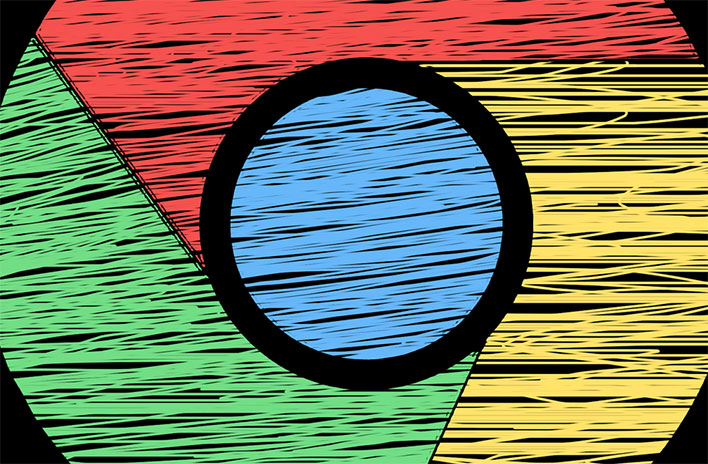Google Explains What's Behind Chrome 89's Big Memory Usage And Efficiency Gains

Every so often, Google touts improvements it has made to memory management within its popular Chrome browser, which claims the lion's share of the browser market. This is another one of those times. Following the release of Chrome version 89, Google detailed in a blog post what it has done to make the browser manage memory better than Chrome 88 and earlier builds.
This is a popular topic, because a simple web search will bring up all kinds of articles and forum threads on Chrome's memory usage, and how in some instances it can be a little too resource intensive in that regard. Experiences vary, but this is an issue that has followed Chrome through several builds.
As it applies to the newest release on Windows, Google says it is seeing a "significant memory savings" in Chrome. According to Google's observations, Chrome 89 is consuming 22 percent less memory in the browser process, 8 percent less in the renderer, and 3 percent in the GPU. In addition, Google claims Chrome is up to 9 percent more responsive overall.
"We’ve achieved this by using PartitionAlloc, our own advanced memory allocator, which is optimized for low allocation latency, space efficiency, and security. For some time now, PartitionAlloc has been used extensively within Blink, our renderer codebase. Starting in M89, we’ve upgraded Chrome on Android and 64-bit Windows to use PartitionAlloc everywhere (by intercepting malloc)," Google says.
Chrome is also now "smarter" about how it both uses and discards memory. Google says it is capable of reclaiming up to 100 mebibytes (MiB) per tab (which is around 104 megabytes, or MB). That's more than 20 percent on some sites. It accomplishes this by dumping memory that the foreground tab is not actively using, which can be things like images that have scrolled down out of view.
"Chrome is also shrinking its memory footprint in background tabs on macOS, something we’ve been doing on other platforms for a while. We’re seeing up to 8% memory savings, which is more than 1GiB in some cases!," Google explains.
Perhaps more interesting for Mac users, Google further claims it has achieved up to a 65 percent improvement on the Apple Energy Impact score, by throttling background tabs. This results in "keeping your Mac cooler and those fans quiet," Google says.
You can download the latest version of Chrome by clicking the three dots in the upper-right corner, then going to Help > About Google Chrome.

